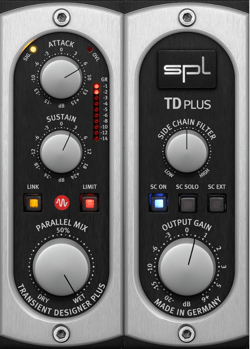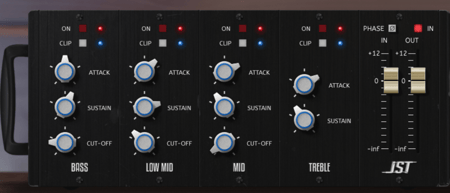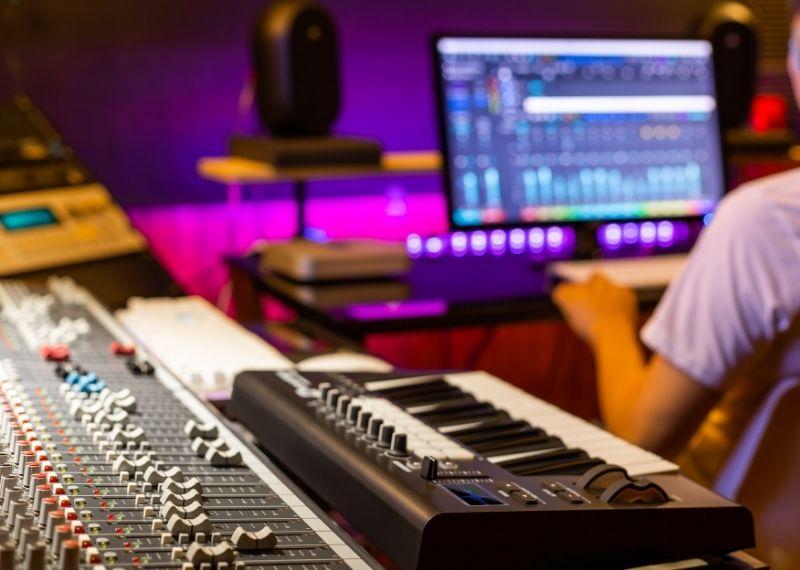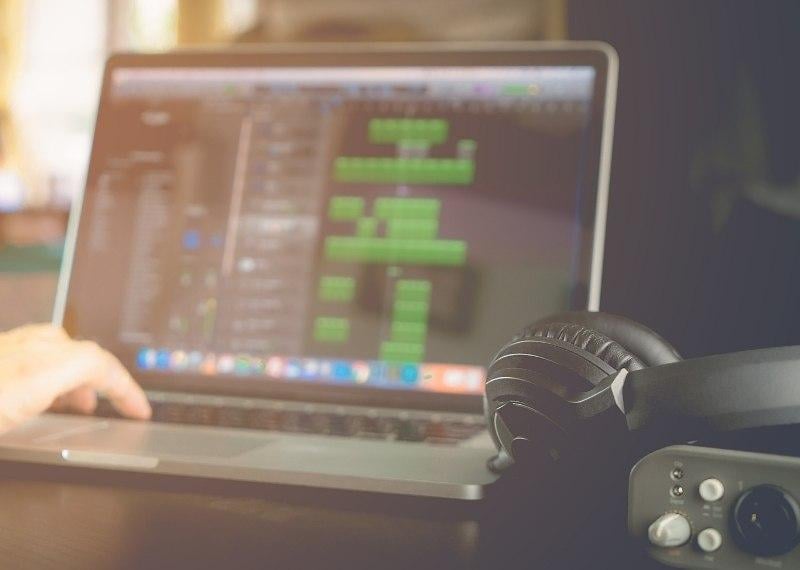How to Mix the Low End
As most producers or sound engineers know, mixing the kick drum and bass can be one of the most challenging parts of a mix-down.
Finding a nice spot for each of them to sit in the frequency spectrum can be challenging, but it's not impossible!
Discovering this sweet spot will take some practice, but once you have it down it can be a skill you’ll use forever.
Utilizing the tools of timing, EQ, and transient shaping will help you get started in figuring out this mixing process, so let's get down to it!
Table Of Contents
Timing
When you're recording live drums and bass, it will always be to your advantage and best interest for the musicians playing the instruments to have rehearsed the songs.
This may seem like a silly concept, and you're probably thinking, "well, of course, they know the songs."
Sadly, this is not always the case.
Yes, it’s great for you to be familiar with the track, too, but mostly so the timing you want can be achieved.
The cool thing about people playing instruments is that it has a human feel to it.
It is not uncommon for sound engineers who quantize everything to be perfect in their DAW to create a track that sounds too perfect and will have close to no swing.
This often leaves a track feeling robotic.
A human touch goes a long way. After all, it will be real people listening to the track and seeking that genuine sound and experience.
This being said, it is okay to dive into each track and slice up the audio recording to line everything up yourself as close as possible.
You don’t want sounds or rhythms clashing, but you also don’t want the track to sound stale without natural tendencies. When it comes to bass guitar, you’ll want to look at the duration of the note being played as well.
If you find that some of the notes need to be shortened and a little tighter, you have a couple of options:
- Edit the length in your DAW
- Time stretch the audio file
- Trim the audio itself and add a small fade at the end, so there is no popping noise
All of this being said, while you make these edits, don't forget you’re aiming for a natural sound.
Your ears are your greatest ally and can help you achieve this. Don’t fall into the trap of letting your eyes get glued to the screen and allow your ears to carry the workload.
This will set you up for the best chance of success.
EQ
A great place to start with equalizing the kick and bass is to open up a spectrum analyzer on your kick track. The spectrum analyzer will show you where on the spectrum the kick is peaking.
When working with a big 808 or sub heavy bass, you can dip the frequency on the bass track, where the kick drum is peaking. This will leave more room for the kick to punch through the mix without getting lost in the bass and will keep it from sounding too muddy.
A boost of the kick in the 70-90hz range will also give you some more punch. There is no perfect amount of boost or cut that you can do for any given sound.
Ableton has a great distortion unit called “saturator,” and this can really bring out some nice frequencies. You can set exactly where you want it to distort and also how much.

This all comes with Ableton, so you won’t have to worry about spending extra cash on another plugin.
This entirely depends on the sound or sample you choose.
Again, one of the best tips is to use your ears for a lot of the process and not to entirely rely on looking at the EQ spectrum itself.
Another component that can help a bass stand out in the mix will be distortion. It can be easy to go crazy with distortion, but that all depends on the sound and feel of the song.
Use your best discretion with the level of distortion you incorporate. This goes back to being familiar with the song.
Another quick tip is that if you roll off 30-40Hz of your bass, it will clean up some of the ‘muddy’ feeling in the low end.
Check out our article discussing how to get bigger sounding drums in your mix.
Transient Shaping
A transient is a high amplitude, short duration sound at the beginning of a waveform. These are easily noticeable in drums, and kick drums especially.
Transient designer plugins are really useful and will detect the transient and give you command over that specific part of the sound. You will be able to control the attack of the sample, as well as the sustained portion.
On kick drums specifically, you will more than likely start to hear a higher ended frequency form as you begin shaping.
This is something that essentially any track can benefit from because it’s not always about feeling the kick but hearing it as well. You have to consider that many people won't be listening to the track on great monitors, but rather on their phone, laptop, or using standard earbuds.
Transient shaping will help the listener hear the groove without having to hear the full spectrum.
These plugins can range from $30 up into $200.
“Transify” is a great transient plugin, which currently goes for $65. If you’re looking for something more in depth, you can try something like SPL’s Transient Designer Plus, which is currently priced at $200.

Start Your Mix Today
Now that you have some tips on how to tighten up your kick and bass relationship, you can dive right in!
Mixing Low End, such as the Kick and Bass is one of the most challenging parts of a mix, so don’t be discouraged if
Nobody nails it their first attempt!
Wondering if there is a way to speed up the learning/trial and error process?
One great way you can get ahead is by attending an Accredited Music College like the Atlanta Institute of Music and Media.
AIMM is a hands-on Music School that works closely with students to help develop and maximize their skills. Learn from industry-leading professionals in exclusive studios. You can even have the opportunity to become Pro Tools Certified!
At AIMM you will:
- Meet life-long industry connections
- Utilize the best equipment and software in exclusive studios
- Surround yourself with like-minded producers and musicians for inspiration and collaboration
- Discover inside tips, tricks, and techniques your favorite producers utilize
But wait, a music college is a pretty big investment right? Absolutely.
So, to make sure that AIMM is a good fit for you, we are offering a Free Online Intro Course. Get a taste of what AIMMLife is like and discover how we can benefit your music production career...for FREE!















